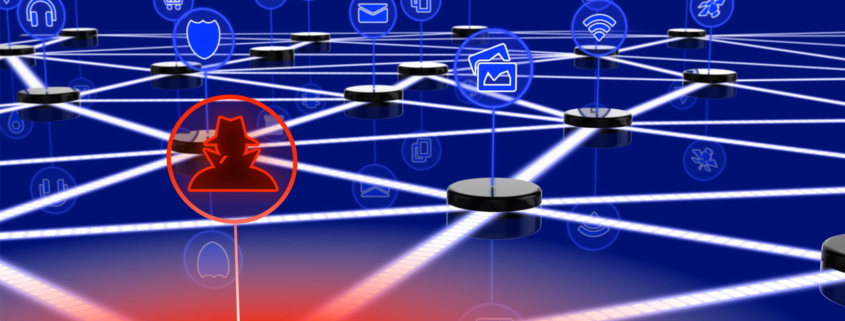How to Protect Yourself Against Rise of Trickbot Ransomware
The infamous Trickbot ransomware botnet is on the rise, according to reports from multiple security research firms.
After being dismantled in a joint effort by Microsoft and the Pentagon, the Russian-speaking group of cybercriminals is spreading its malicious software once again, and security research firms are classifying it as a “critical” threat.
Where does it usually show up? Well, in your inbox, of course — the most vulnerable place on the internet.
What is Trickbot?
Trickbot is a botnet with over a million “zombie” computers. Botnets work by infecting computers with malware to add them to a distributed network of other computers. With the malicious software operating, hackers are able to pool the collective resources of the network to launch ransomware attacks, distributed denial of service attacks, and more.
Trickbot is one of the more infamous examples, operating out of numerous locations in Eastern Europe, including Russia, Ukraine, and Belarus. As reported by The Daily Beast, the hacker group and the botnet after which they’re named is on the rise again.
Computers become infected mainly through phishing emails, which usually accuse the reader of committing some sort of crime. After clicking one of the links in the email, the hackers are able to execute malicious code and infect your computer, potentially stealing login information or banking credentials. The network then lobs ransomware attacks against high-value targets — usually businesses and wealthy individuals — to extort them.
Bitdefender, one of the leading antivirus services available, says that “Trickbot is more active than ever.” In May, Bitdefender’s detection systems started picking up increased signs of the tvncDll module, which is an updated version of the vncDll module that Trickbot has used in the past. Bitdefender says this module is used for monitoring potential targets, suggesting that Trickbot is planning another string of attacks.
Security research firm Fortinet has also identified a new strain of ransomware called Diavol. As is typical of ransomware, Diavol encrypts the files on your computer and holds them for ransom. With everything locked, you’ll only have access to a…


